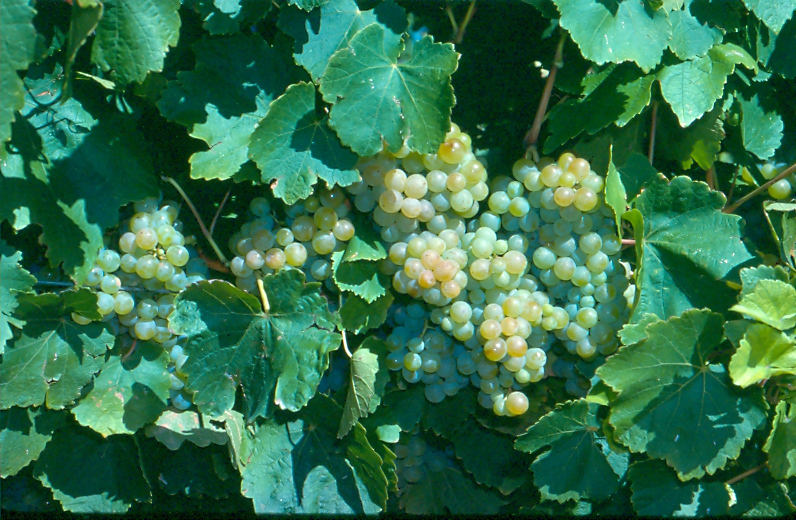
Features
Taminga derives its name from the South Australian township in the Clare Valley. The white grape produces quality wines with a distinctive aromatic bouquet.
Taminga is particularly suited to warmer irrigated regions and is able to retain high acidity levels in the hot Australian conditions. The variety produces high yields (in the vicinity of 40 tonnes per hectare) that ripen in late February to early March in the Murray Valley.
The medium sized berries grow in compact bunches that are small to medium in size and have produced high quality botrytised sweet wines commercially in Australia. The grape is also ideal for blending, improving the flavour of more neutral varieties.
Taminga wine can be described as floral with fresh citrus and stone fruit characters, generously seasoned with nutmeg and cinnamon spice.
History
The variety Taminga is the product of a cross between a CSIRO Selection, from a cross between the Spanish Planta Pedralba and Sultana, and the variety Traminer.

The original pollination was made in 1970 by the late Alan Antcliff and the variety released in 1982. A large team of people have contributed to the development of Taminga, led by Peter Clingeleffer (viticulturist) and George Kerridge (winemaker).
The aim of the program was to produce high quality wine grapes suited to Australian conditions. The variety was selected from a much larger population of seedlings against selection criteria including high titratable acidity, low pH, good colour and flavour, and adequate yields.
Taminga has been planted mainly in the Murray River Valley areas of southern Australia.
Features
Taminga derives its name from the South Australian township in the Clare Valley. The white grape produces quality wines with a distinctive aromatic bouquet.
Taminga is particularly suited to warmer irrigated regions and is able to retain high acidity levels in the hot Australian conditions. The variety produces high yields (in the vicinity of 40 tonnes per hectare) that ripen in late February to early March in the Murray Valley.
The medium sized berries grow in compact bunches that are small to medium in size and have produced high quality botrytised sweet wines commercially in Australia. The grape is also ideal for blending, improving the flavour of more neutral varieties.
Taminga wine can be described as floral with fresh citrus and stone fruit characters, generously seasoned with nutmeg and cinnamon spice.
History
The variety Taminga is the product of a cross between a CSIRO Selection, from a cross between the Spanish Planta Pedralba and Sultana, and the variety Traminer.
The original pollination was made in 1970 by the late Alan Antcliff and the variety released in 1982. A large team of people have contributed to the development of Taminga, led by Peter Clingeleffer (viticulturist) and George Kerridge (winemaker).
The aim of the program was to produce high quality wine grapes suited to Australian conditions. The variety was selected from a much larger population of seedlings against selection criteria including high titratable acidity, low pH, good colour and flavour, and adequate yields.
Taminga has been planted mainly in the Murray River Valley areas of southern Australia.
